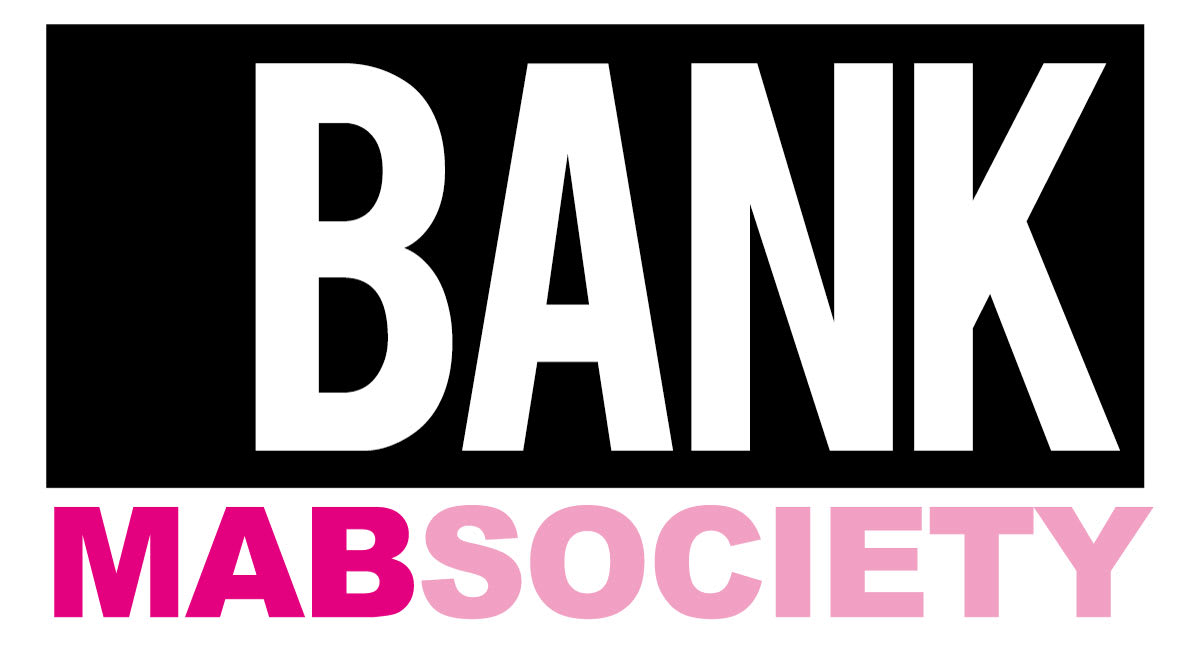Ching-Ho Cheng’s (b.1946) was born in Cuba and grew up in the throes of the downtown NY scene in the sixties, seventies and eighties. His colorful life was cut short by AIDS in 1989 but not before he compiled a mesmerizing and profound body of work.
Having had a significant career during his lifetime- with many gallery and museum shows, he is now being considered as one of the foremost Asian American artists of his generation. Working primarily on paper with gouache, ink, graphite, and mixed mediums Cheng’s penetrating spirituality and flamboyant life offers lessons for us all. Ching Ho Cheng was born in Cuba in 1946 to a family of diplomats. His family soon moved to the United States and Ching grew up in Queens, NY. He spent his summers studying at the Arts Students League before matriculating to the Cooper Union School of Art. His college years were marked by the Vietnam War and its draft. During this time Ching found solace in Taoism which would become predominant in his life and open his mind to the metaphysical. It became a subtle, but significant, presence throughout his entire oeuvre.
Ching lived in the East Village during the 1960s counter-culture movement and in Soho during the nineteen-seventies. Eventually, he landed at the famous Chelsea Hotel at the height of its heyday where the manager Stanley Bard would rent Ching different apartments according to the changing size of his work. Downtown was the creative mecca of New York in those days and Ching was integral to the scene which circled between the famed Max’s Kansas City Bar and the Chelsea Hotel, which included luminaries such as William Boroughs, Andy Warhol, Robert Mapplethorpe, Allen Ginsburg, and Tally Brown.
Ching Ho Cheng’s work is divided into four distinct periods, the Psychedelics, Gouache, Torn Works, and Alchemical Works. Although they appear to be completely different in painting style, there is a symbiotic relationship that connects all four periods. After graduating from the Cooper Union School of Art in thelate sixties, he began his dynamic psychedelic series using gouache and ink as a medium. He was greatly inspired by the spiritual symbolism in Tibetan art as well as other explorations of the subconscious that were popular during that time. These intricate surrealistic works explore the fantastical realms of the mind and spirit using the dharma as its leading referent.
In his next series, which run through the mid to late nineteen-seventies, Ching painted without "explosions" as he put it. In the Gouache Works he depicted everyday objects that were imbued with metaphysical attributes that he hoped the viewer would experience when viewing them. His paintings, rendered with exact precision and often employing symbology, allowed the viewer to see through the subjects to the celestial space beyond them.
The Torn Works which were made in the early nineteen-eighties came out of a habit of tearing works that did not meet his high standards. They are strikingly bold and were created during the AIDS epidemic when many of his friends tragically died. Symbolic colors are intrinsic to these works as well as the reappearing monolith rendered in graphite that was inspired in part by Kubrick’s cult film of 1968, 2001: A Space Odyssey and in part by Ching’s unwavering interest in Taoism.
Ching’s alchemical works were created in the late nineteen-eighties by applying iron oxide and gesso on paper. These almost sculptural works were meant to mimic the austere grottoes that he experienced on a visit to Turkey. The paintings were naturally processed to generate rust and texture by soaking the paper in a man-made pool that the hotel allowed him to construct in his room. These torn rust pieces marinated over a period of weeks until they became three dimensional. "The Grotto," a huge arc 10 feet tall that spans a length of 25 feet, would be Ching’s last master work before he died of AIDS in 1989. As Ching said, "these paintings are intimations of the 'miraculous' " . The meaning is for the beholder to discover…
Ching Ho Cheng is a recipient of the Pollack-Krasner Grant. His work is in the permanent collections of the Whitney Museum of American Art, Cleveland Museum of Art, Smithsonian American Art Museum, Los Angeles County Museum of Art, Brooklyn Museum and others. David Zwirner New York displayed a survey of Cheng’s work in the international exhibition series titled "More Life" . Forthcoming museum exhibitions to be announced.

